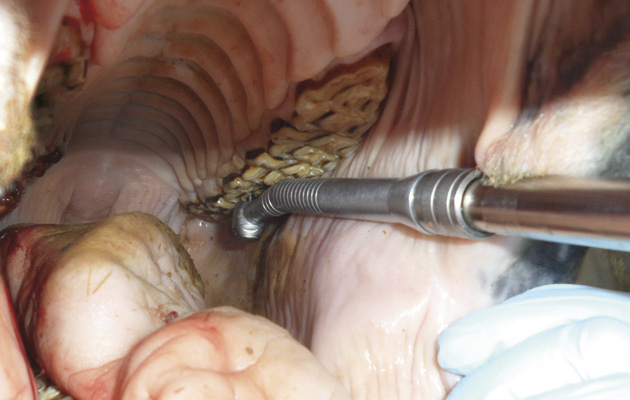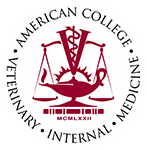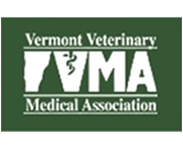HELPFUL ARTICLES
WHAT’S NEW IN EQUINE DENTISTRY?
Dr. Catarina Ruksznis, DVM

Regular dental care is an important part of overall health in horses and in other large animals. Horses use their cheek teeth to grind hay and forage into small pieces as the first step in the digestive process. Over time, this grinding wears away at the part of the tooth visible in the mouth, called the clinical crown. Cheek teeth have a long root that is hidden in the jaw (the reserve crown) that slowly erupts into the mouth to counteract the loss of clinical crown over the life of the horse. Teeth rarely wear away evenly, leaving sharp points and overgrown areas that can eventually cause damage inside the mouth or prevent proper chewing. Reducing these sharp enamel points and removing diseased teeth encompass most of traditional equine dentistry and remain important tenets of dentistry today. However, a thorough dental exam can also identify other problems before they progress and the tooth is lost. Here are a few other problems which can occur and the latest in treatment options.
Infundibular Caries
Horses can get cavities too! Cavities, or caries, are defined as the destruction of calcified dental tissue due to acid produced by oral bacteria. While the process behind the creation of caries is poorly defined, horses fed feed material with a higher acidity, such as haylage, may be at greater risk. Horses rarely show clinical signs of pain and so caries have only recently been recognized. However, if left untreated, caries can lead to apical (tooth root) infection and fracture of the tooth. Treatment is still in the developmental stages, but some specialty practices are experimenting with a process to create fillings and some cases improve with debridement and flushing on-farm.
Diastema
Diastemas, or gaps between the grinding cheek teeth, are much more common than previously thought. In open diastemas, feed material can cycle both into and out of the gap, allowing turn over of material and minimizing feed packing. This type of diastema is rarely a problem. Valve diastemas, however, allow feed material in but not out, leading to pain and gingival disease. In some cases (about 50%) a powerfloat can be used to widen the gap, creating an open diastema where a valve diastema once was. If this is not possible the diastema can be cleaned and flushed regularly or packed with a dental impression material.
Endodontics
Pulp is the tissue at the center of the tooth containing the life supply- the blood vessels and nerves- of that tooth. Any exposure of the pulp, through excessive floating or traumatic fracture, will lead to the infection and eventual death of the tooth. Although it is variable, studies have found that the layer of dentin (tooth) over some pulp horns is as small as 3 mm! When the worse happens and pulp is exposed, quick action is required if the tooth is to be saved. In a small number of cases, the infected pulp can be removed and capped. Alternatively, equine dentists are experimenting with removal all of the pulp but allowing the horse to retain the tooth.

EOTRH (Equine Odontoclastic Tooth Resorption and Hypercementosis)
EOTRH is a disease that affects the incisors and canine teeth of horses, most often seen in animals older than 15 years but sometimes in younger horses as well. These teeth show destruction of normal structures, while at the same time cementum (one of the substances that makes up the tooth, along with enamel and dentin) will be produced excessively. As the disease progresses, the teeth will become infected, inflamed and loose structural support. This all leads to infected tracts, swelling of the gingiva, fracture of the teeth and significant pain for the horse. Pain most often can be seen in a reluctance to bite hard treats such as carrots and apples. The cause is as of yet unknown, although it appears to be seen more often in specific geographic areas, such as the northeast US and northern parts of Europe. Diagnosis can be made from radiographs (see below). Treatment is radical: the complete removal of all affected teeth, often all of the incisors! Despite this, horses appear to do very well following removal and are much more comfortable.
Dental Fun Facts
Did you know? Horses have baby (deciduous) and adult (permanent) teeth just like us! In young horses, the number and placement of the permanent teeth is a very reliable way to estimate age, as they shed their baby teeth over a period of several years. While the permanent teeth are growing in the jaw, they sometimes create boney prominences on the lower jaw, called “eruption bumps”. These are completely normal! Although we don’t see this in the upper jaw, these growing permanent teeth may also create swellings within the sinuses that are thought to cause head shaking.
“Never look a gift horse in the mouth” is a saying which means it is rude to question the value of a gift. By looking in a horses mouth, you would be evaluating it’s age and thus worth. In young horses it is relatively easy to predict age with accuracy, but this becomes much more difficult as a horse ages. Horses older than 7-10 years can realistically be given an age range estimate, but senior horses pose more of a challenge. This is because different horses can show different wear patterns on their teeth as they age.




